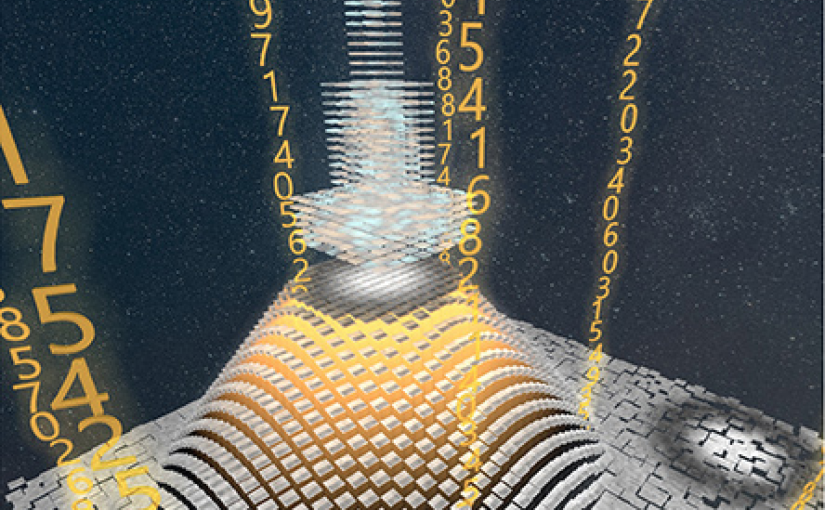Digital video microscopy with deep learning
Saga Helgadottir
(Invited paper)
Microscopic particle tracking has had a long history of providing insight and breakthroughs within the physical and biological sciences, starting with Jean Perrin proved the existens of atoms in 1910 by projecting images of microscopic colloidal particles onto a sheet of paper and manually tracking their displacements. From the start of digital video microscopy over 20 years ago, automated single particle tracking algorithms have followed a similar pattern: pre-processing of the image to reduce noise, segmentation of the image to identify the features of interest, refining of these feature coordinates to sub-pixel accuracy and linking of the feature coordinates over several images to construct particle trajectories. By fine-tuning several user-defined parameters, these methods can be highly successful at tracking a well-defined kind of particle in good imaging conditions. However, their performance degrades severely at unsteady imaging conditions.
To overcome the limitations of traditional algorithmic approaches, data-driven methods using deep learning have been introduced. Deep-learning algorithms based on convolutional neural networks have been shown to accurately localize holographic colloidal particles and fluorescent biological objects. We have recently developed DeepTrack, a software package based on a convolutional neural network that outperforms algorithmic approaches in tracking colloidal particles as well as non spherical biological objects, especially in the presence of noise and under poor illumination conditions.
In this talk I will give an overview of the history of particle tracking before explaining the details of our solution DeepTrack and finally give an outlook on the field of deep learning in microscopy.
Time and place: Presentation published online on 24 August 2020
SPIE Link: here.
